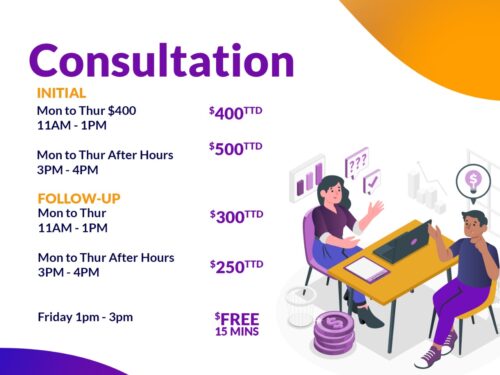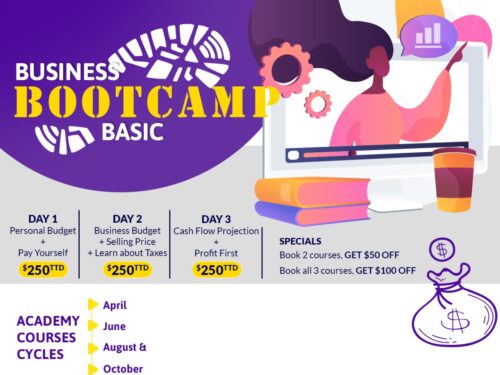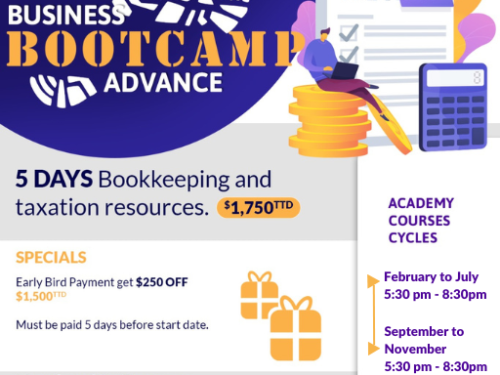It’s a basic tenet of business – before you can make money you have to figure out how to spend it. Drafting a budget is a key way to help you turn your dreams for business success into reality. Using this vital tool, you can track cash on hand, business expenses, and how much revenue you need to keep your business growing — or at least afloat. It also may let you spot problems before they multiply so that you can make any necessary adjustments.
If you don’t sit down and assemble a business budget, you may not have insight into how your business is performing from year to year, whether there are cuts you can make to improve performance and whether you have the needed funds to purchase new equipment — be it computers, trucks, machinery, or a new office, warehouse or factory.
Consider these tips to help the budgeting process:
- Adjust accordingly. During these tough economic times, entrepreneurs may be seeking ways to trim expenditures to increase cash flow. If your business expenses need to be reduced, determine which items are nonessential to your business and cut those items.
- Consult a professional. Consider consulting a trusted CPA, financial advisor or banker to help you create a budget. A trusted professional can help get you started on a budgeting system that will work best for your individual needs.
Having a business budget in place enables you to plan ahead, prioritize your allocation of funds and gauge whether your financial predictions are being met. It will also enable you to make educated decisions to enhance your business operations with added clarity and efficiency. Budgets can also help you minimize risk to your business and should be created before you sign a new lease or invest in new machinery or equipment. It’s better to find out that you can’t afford new office space before you commit to spending a certain amount of money every month. A budget can be used to indicate some of the following:
- The funds needed for labor and/or materials.
- For a new business, total start-up costs.
- Your costs of operations.
- The revenues necessary to support the business.
- A realistic estimate of expected profits.
You can use this information to adjust your plans or expectations going forward. A 12-month budget can be updated with actual expenditures and revenues each month so that you know you’re on target. If you’re missing the targets set out in your budget, you can use the budget to troubleshoot by figuring out how you can reduce expenses like labor or new computers, increase sales by more aggressive marketing, or lowering your profit expectations.
A budget should include your revenues, your costs, and — most importantly – your profits or cash flow so that you can figure out whether you have any money left over for capital improvements or capital expenses. A budget should be tabulated at least yearly. Most yearly budgets are also divided up into 12 months, with blank columns next to your estimates to fill in with your actual results as the year progresses.
Be sure to join our Facebook, Instagram, Tiktok and our Website for more valuable information. Ask about our Business Bootcamp Basic and Advance Courses, Business Startup Kit, Retainer Package, Year End Retainer Package , Business Bank Account or learn how manage your finance with our Prerecorded and Live Courses. Book a FREE 15 mins CONSULTATION on Fridays from 1pm to 3 pm.
“A wealthy person is simply someone who has learned how to make money when they’re not working.” – Robert Kiyosaki









